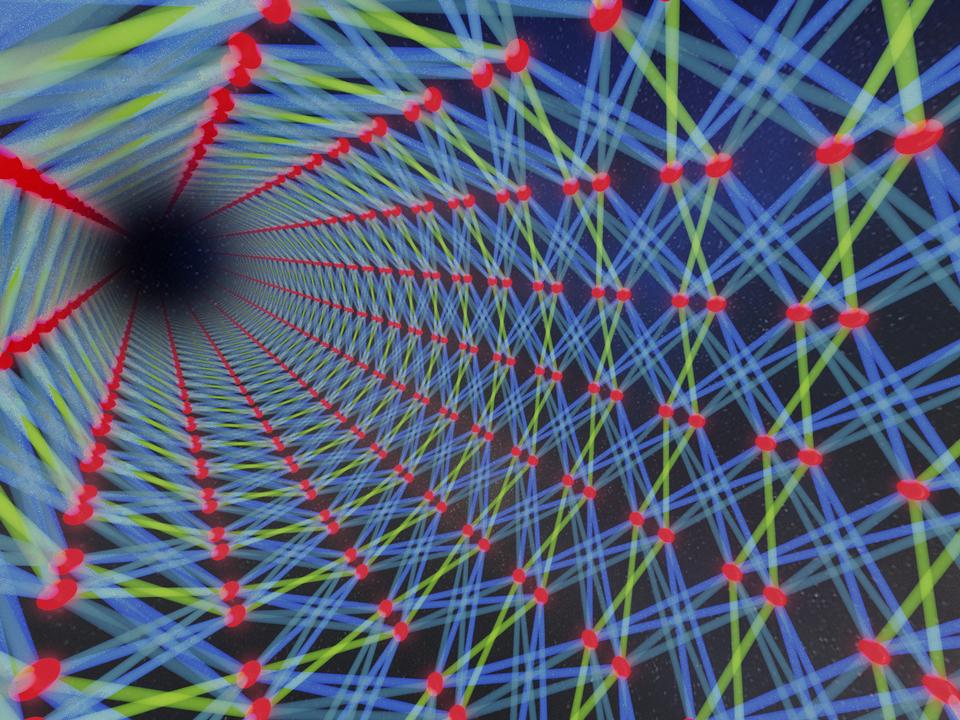BigQ is one step closer to a quantum computer
A new platform may turn into a programmable quantum computer that runs at room temperature while quantum bits in the form of light carry the information. Post-doc Mikkel V. Larsen from the DNRF’s bigQ at DTU is at the forefront of the new study that was recently published in the scientific journal Nature Physics.

Post-doc Mikkel V. Larsen from the Center of Excellence bigQ at the Technical University of Denmark (DTU) is first author on the new study that moves researchers one step closer to an optic quantum computer. The team of researchers has developed a new platform that has the potential to turn into a programmable quantum computer. The new quantum computer runs at room temperature and has quantum bits in the form of light that carry the information. The new study has been published in the scientific journal Nature Physics.
“The quantum computers we have today need to be frozen to absolute zero to function. We have developed a technology that uses laser light, which both processes and carries the information. This will make it possible for the quantum computer to function at room temperature,” said head of center and Professor Ulrik Lund Andersen from bigQ, who is last author on the study.
Quantum internet is around the corner
Since light both processes and carries the information in the quantum computer, it will be possible to connect it to a ubiquitous internet that also runs on light in contrast to running it through delayed intermediators. The big difference between a quantum computer and a traditional computer is that the information is stored in quantum bits based on laser light. The prospect of a programmable quantum computer means a wide number of problems in Denmark can be solved.
“With this quantum computer we are working on, we would be able to solve a number of problems that are relevant for Danish companies. For example, you would be able to plan logistics much more efficiently and control the capacity of trucks to be used optimally and thereby reduce their carbon footprint. You would also be able to improve chemical simulations and thereby develop new medicine,” said Professor Lund Andersen.
Read the scientific article in Nature Physics here
More information about the new study can be found in Politiken here
